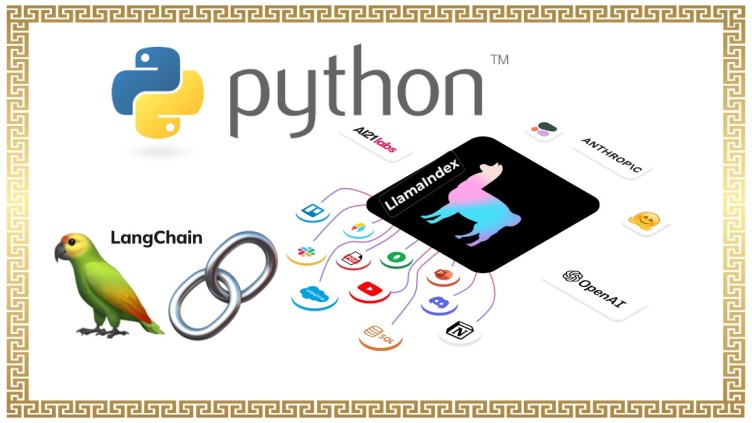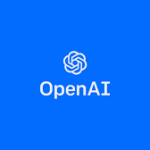Like most folks on the planet right now, AIs have been one of my major areas of interest and attention; at least in the last two years. Yes, I caught on late. But it was not for want of trying. It was just that the first wave of AIs, were too low-level for me. The theoretical aspects of the courses run by Google and the University of Helsinki were accessible to me, but the maths blew me away completely. Now I wished I had paid more attention in maths class 🙂
Well, all is not lost, and as often happens in IT, the second wave, or should I say evolutionary kind of the technology abstracts away much of the complexity of the earlier kind. Yes, you lose access to a lot of the fine-grained controls, but hey, how many folks care about the difference between Transformers and the CNNs and RNN, or what about the algorithms used by AMAs for prompt reliability? Or this simple equation from LLM calibration q^=Softmax(Wp^+b)?
Have a good look at the headline image. Those three amigos are your friends in the world of AIs and human interfaces to that complex nether world. I program in quite a few languages, including Python, on the side, but I never quite paid attention to it until recently. If you want to work with AIs, Python is your easy way in. The ecosystem is extensive and with several layers of abstraction that make it easy for almost anyone to enter at a level that is comfortable and accessible.
The other two are Swiss-army knives in their own right. I will not waste time describing them, as you will find a plethora of material on them on the Internet. Suffice to say that LlamaIndex allows you to easily collect data (documents, APIs, SQL, etc.) and build an index. It relies on LangChain for the indexing. LangChain is like a workflow engine and connector that provides easy interfaces (facades) to the LLMs and other tools. Both are available as libraries in Python.
A big shout-out to Wenqi Glantz for an excellent intro that I was able to implement within a few minutes. I intend to modularise your solution by separating the indexing function and making it an event-driven daemon, since the Gradio interface only needs to know where the index is and not create it each time. Gradio is another Python library that makes it easy to create a web UI, in this case, for building a chatbot. Thanks also for Confluence example, it should be adaptable for JIRA as well; both of those have rather poor search/introspection facilities.
Honestly, we are at the point now where most folks, in the tech sector at least, should be able to understand and use AIs. The Python programming language is a great place to start, and though I have mentioned only three libraries today, there are several others out there, each providing simple interfaces to advanced capabilities. Now is a great time to get into AIs. The technology has moved on from white-coats and geeks. You still get to see and understand some of the fundamentals, before it is all hidden away in later generation services and solutions. Take the plunge; I am sure you will enjoy the journey, and there is so much to learn and explore!

